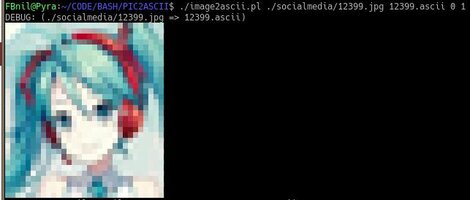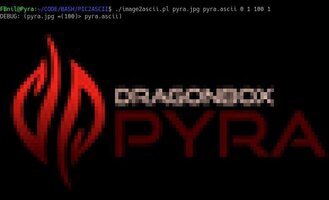spud42
Very Active Member
no idea my mom lives on the other side of Brisbane... 50 Km away..lolLay down carpet then. Or is your mom strictly against carpet?
The missus falls asleep with the remote on her lap. when she gets up to go to bed the remote sometimes goes flying and misses the rug...




